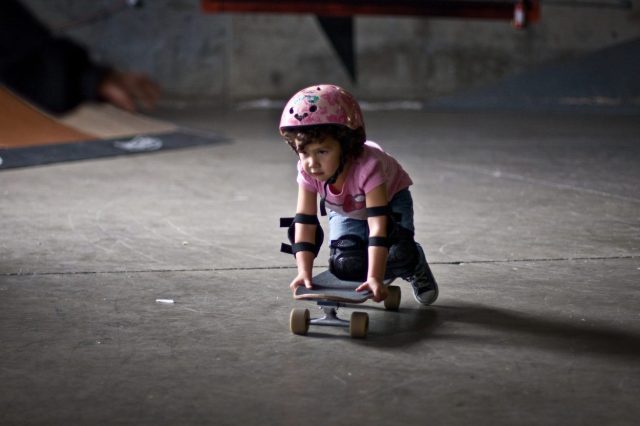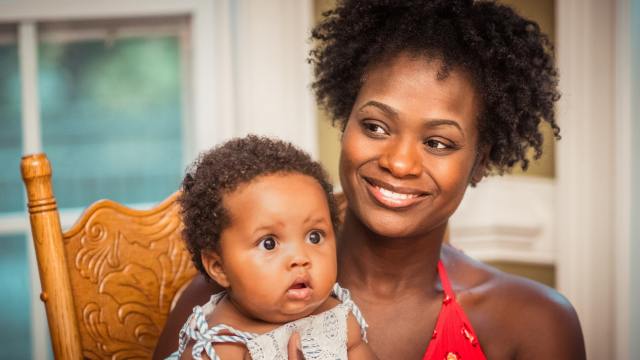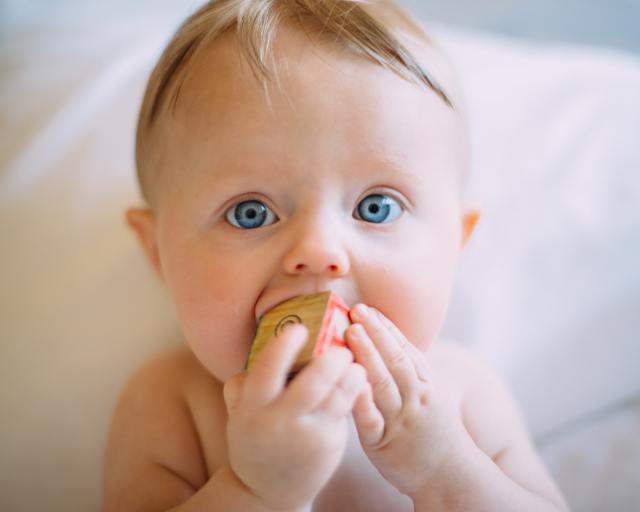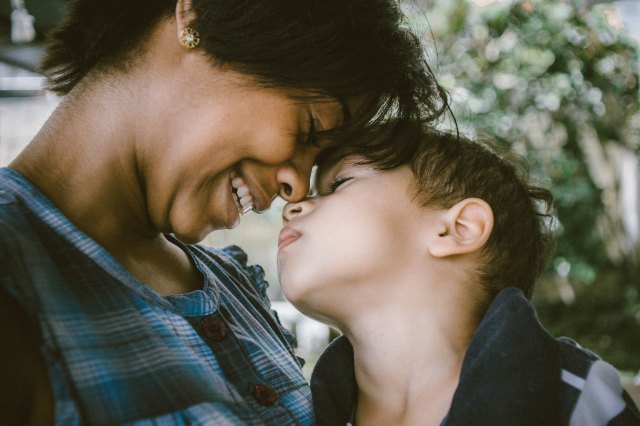My turning point occurred the day a man yelled at me from his car. They are words I will never forget. He must have seen us inside the grocery store. It was the first time we were going in without a stroller. We create the cutest chain of hand-holding I have ever been associated with. I am holding the hand of my oldest, Jordan, a six-year-old with a rare genetic disorder, Cri Du Chat. She is holding hands with the twin tornados, her baby brothers.
We are here on a mission. We have not only graduated from the possibility of my daughter, Jordan, never speaking, but we are also moving toward functional life skills. My daughter has proudly remembered the four things we need to buy. She has spent all week working on identifying them and is here to generalize the skill in the grocery store. Today’s haul includes strawberries, milk, popsicles, and chocolate chip muffins.
Aisle #1: “Looks like you have your hands full” greets us in the produce aisle.
“Yes, it’s our first time without the stroller,” I hear my chipper voice respond.
“Strawberries!” My daughter spots item number one. Off they go.
They have each put five cartons of blueberries into the shopping cart, but they are not tall enough to drop them gently, so there is now an avalanche of tiny spherical berries surrounding the cart. Twin B sits on the floor to start eating them. “Yum berries.” Twin A can’t stop giggling and our fearless leader is shouting, “Not on the list. Only Strawberries.”
Aisle #2: I have bribed Twin A to sit in the front of the shopping cart with the stolen remnants of the berries I couldn’t return into the package. This is a gentle reminder for consumers to wash their fruit before they eat it.
I have now bribed Twin B with a lollipop to sit in the grocery cart while Twin A insists on pushing the cart while I carry him. My daughter is leading us toward the milk aisle. We walk past a maintenance worker and a full butt crack showing as he bends over the lobster tank.
“Look, Mommy, tushie.”
“Yes, honey, I see it—let’s move ahead.” I grab the milk with my other arm, throw it in the cart, and we head towards item number three.
Aisle #4: Everyone is now sitting inside the cart, with squished blueberries on their pants, devouring the box of popsicles we just located. I go back to get a second box. Of course, I left the wipes in the car.
As we approach the final aisle, I compliment my daughter on her strong shopping skills. This is a big deal for her, and we have to finish the entire task to make the lesson stick. She is the most excited for item number four. The chocolate chip muffins. I, too, have never been more excited to purchase an item, because it means we can go home.
We turn the corner and I can see, like a glaring spotlight, they are sold out.
“What about blueberry muffins? They are delicious.”
“No! The list says chocolate chip!”
If you have ever been around a child, let alone one with special needs, the space between the expectation and the reality is frankly—painful. I was ready to handle the breakdown. I had my contingency plan in place. I mean I wasn’t too far from the beer aisle.
“Mommy.” She takes a deep inhale. “No muffins. Let’s go home. My list done.”
This momentous occasion practically makes me float out of the grocery store. (And for the record, not only did we not float, we disrupted an entire display of candy bars, Twin B signed the credit card receipt, and my daughter sang an inappropriate song.)
We pile into the car a full 50 minutes after we had arrived. Four items in our bag. As I buckle the last car seat, I hear a man shout from behind his steering wheel.
“Hey Lady!”
“Yes?”
“Hey. I saw you in there.”
“Oh, I’m so sorry. It was our first time—”
“You are a terrific mother. Have a great day.”
Thank you, kind stranger. I will have a great day. You have no idea how much of a success this was for us. I’m also going to figure out how to turn strawberries, milk, and popsicles into a meal—because while we were at the grocery store, I didn’t have any time to get dinner.


































